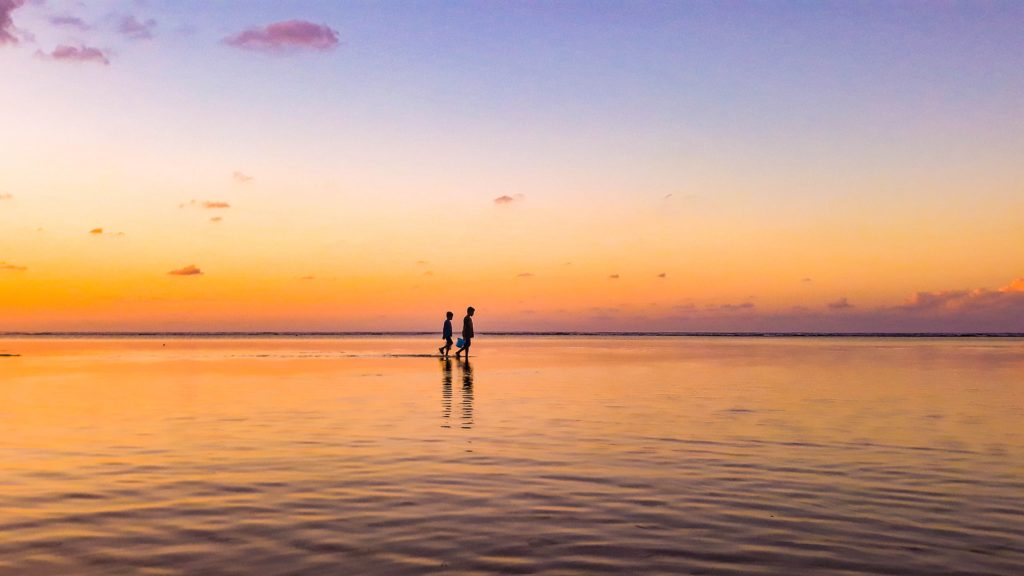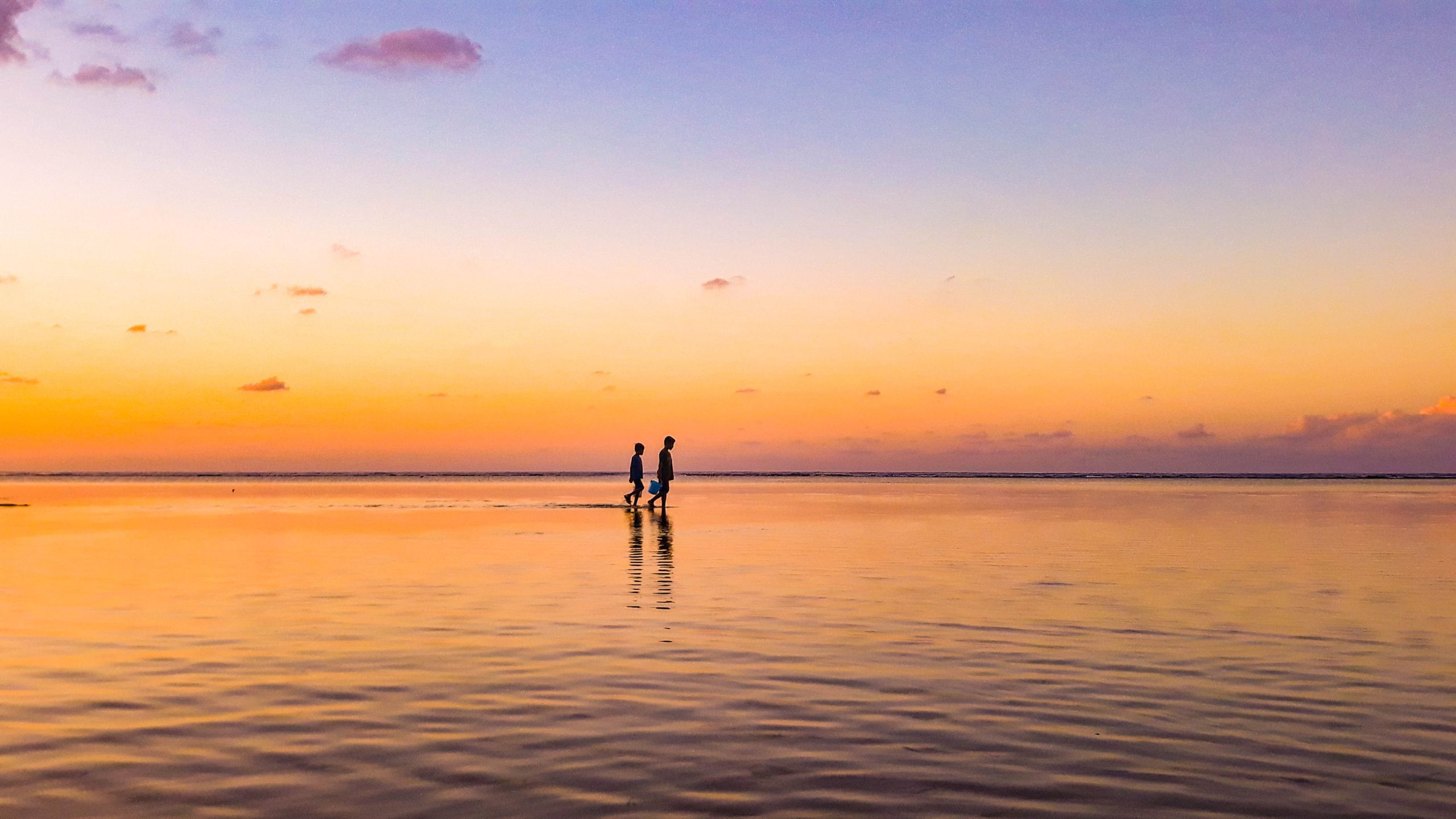Developing a tourism management plan is challenging for any destination management organization. Working for a destination management organization across multiple islands is even more! Since each island is different, each one is prioritizing different things. Between plastic trash pollution, climate change, access to clean water, and food security, there are many problems that are on the agenda to solve. Wakatobi, a group of four main islands in southeast Sulawesi, Indonesia, face these complex issues in pursuit of sustainable tourism development.
Wakatobi is a rising tourism destination made up of four main islands in Southeast Indonesia. The name “Wakatobi” is derived from the first two letters of each island’s name. Wangi-wangi is the main administrative island and sets the policies for the other three islands; Kaledupa, Tomia, and Binongko. A hidden gem of tourism, it is described as one of the 10 “new Balis” for tourism by many destination management companies. The beautiful white sand beaches, seemingly infinite availability of fresh seafood, and biodiversity give Wakatobi characteristics of a tropical island that is rare today, prime for sustainable development. It’s also commonly referred to as “The heart of the Coral Reef Triangle”, and you’ll soon understand why. After spending 18 months in this unforgettable travel destination, I understand why the name translates to “enjoying the sunset”.

By marveling at the beautiful pictures above, most wouldn’t have thought of the problems they may be facing, much less imagined an approach for tourism planning to deal with those complex issues. Here are the four main questions to consider and answer that can help you in your destination management development process:
- What is Inter Island Development?
- How can mission goals be identified?
- How to pick a decision maker?
- How can you promote sustainable development?
1.What is Inter Island Development, and how should you address it?
As with other destination development challenges in islands, Wakatobi also faces the inter-island development issue. This issue is caused by the diverse character of people on each island, creating the need for different approaches for each island’s development. People who live on the main island of Wangi-Wangi Island have a different language and lifestyle than people on every other island. The question becomes: how can a destination management organization address these diversities?
It is a dilemma – how can the quality of life of the native population be improved while acknowledging we may not all share the same vision due to the diversity of stakeholders.
While each island has its issues, there will always be one more prevalent than the others, and that should be focused on uniting each place under one organization. Even if everyone has a different language, character, or mission, focusing on this key point will bring everyone together.
To start, identify the most prevalent issues in the community. Take a look around you and determine if the community is living in wellness with regard to tourism management. Is the community involved in the tourism management industry? Are there many artisans from the local community? Try to talk with them and find out what issues they may face. This can be done by conducting key stakeholders mapping, and categorizing each issue under a key-stakeholder. Each issue should belong to the main category, and in-depth interviews can be conducted if needed.
2. How Can We Identify Destination Mission Goals?
Once you have finished mapping the key destination stakeholders and identified the main issues, it is easier to identify the incentives that could bring the stakeholders together. In Sustainable Tourism Development, we call these the destination mission goals. Once you can deliver the incentives to everyone, the challenge of finding a destination management leader begins. Yes, everyone now understands the key issue and what the incentives are once the issue is fixed, but who will decide now to take action? Everyone can’t be a decision-maker, so it’s important to pick one or a few to standardize the issue so everyone understands.
Your next job is to figure out who is the highest official position in that place that is capable of being a “decision-maker”. Deliver the incentives to this person, then let them work on their way to spread the incentives to the larger target in your destination.
3. How to Pick a Decision Maker in Destination Management?
Imagine yourself now with your friend in a jungle, where there is an immense lion that’s ready to attack you. You know you’re in a dangerous situation, and of course, you know that your friend has no idea how to save you. The issue here is that you don’t have time or resources to ask for help, but you know exactly what the condition is. “Who does what?”
This analogy relates to the topic of destination management, where the key stakeholders have already identified both the issue and the key actor as decision-makers. However, there is a missing part about how the plan will be made; the system. The system was created to ensure everything will be run officially, with certain tasks and roles. Those in the system need to understand their roles, so there will be no overlap with others.
Wakatobi, as previously explained, is made up of 4 islands with differences in their communities and culture. To ensure a solution for everyone in the islands, the Bupati (Regent) improved their ecosystem for sustainable tourism development by creating a Tourism Governance Forum. Under this forum, there was an Inter-Island Working Group that each island used to deliver their main tourism issue. This ecosystem worked because it was headed under by the Bupati and acknowledged by the Ministry of Tourism. Their centralization also included official assignments, roles, objectives, and programs.
4. How Can You Promote Sustainable Development Through Developing a Tourism Management Plan?
Sustainable Tourism Development should always be spearheaded by the destination when thinking of sustainability. Destination refers to the ecosystem, key stakeholders, issue, program, and goals of an area. When Wakatobi created Forum Tata Kelola Pariwisata, it created a system that worked for itself. Just because this form of Sustainable Tourism Development is working for inter-island communities doesn’t mean it works everywhere. If needed, destinations can adapt these 4 “How” questions from Wakatobi to fit their own needs.
Interested in developing a tourism management plan for your destination? Take one of our courses to learn more about DMO Development, and learn from other case studies how you can ensure sustainable development. Learn more from the tourism master plans we created in the Northern Great Plains, Republic of Georgia, the Cayman Islands.

